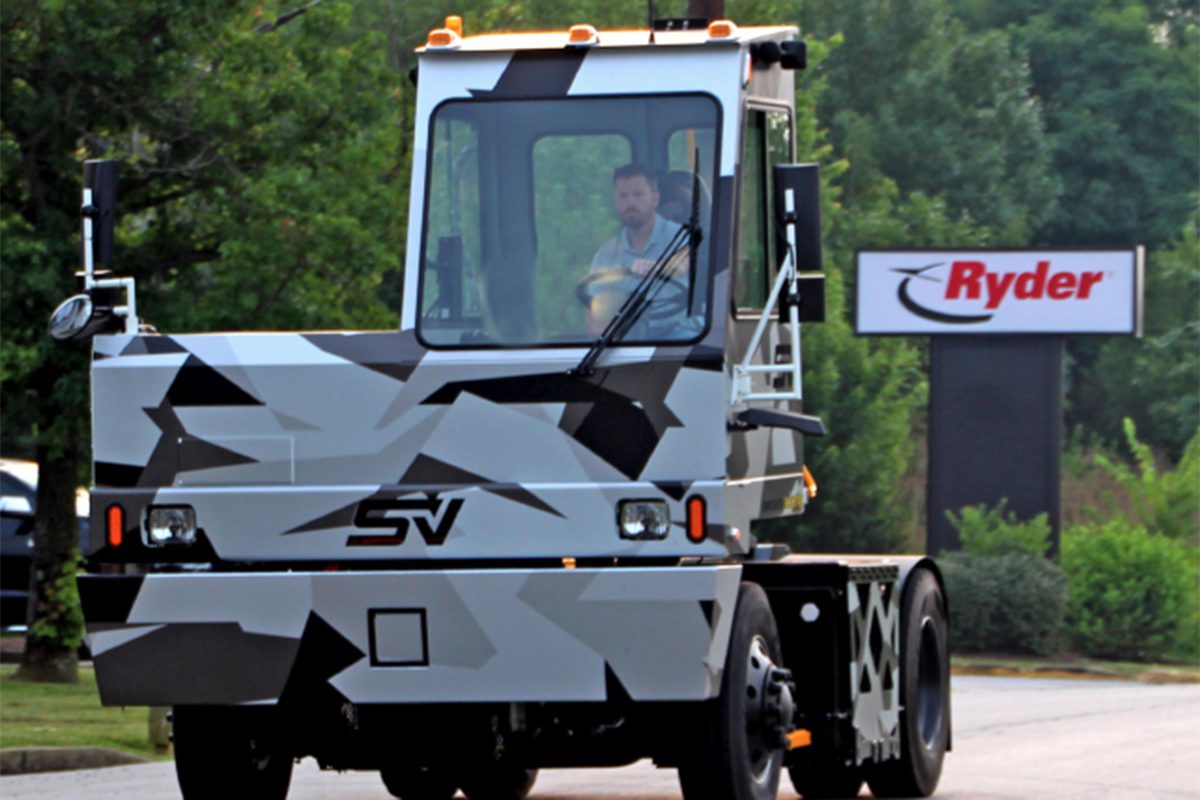Six months after the completion of the North American Council on Freight Efficiency’s Run on Less – Electric demonstration, the first of many reports has hit the streets, highlighting the benefits of electric terminal tractors.
The three-week event, which included 13 electric vehicles being utilized by 13 different fleets, also focused on battery-electric terminal trucks, a market segment that NACFE described as “100% electrifiable” in its initial report. By observing three OEM/fleet pairings — NFI with a Kalmar Ottawa terminal tractor, Ruan with an Orange EV terminal tractor, and Ryder with a Lonestar Specialty Vehicles terminal tractor — the organization determined that terminal tractors were the best “first step” for many heavy-duty fleets when implementing battery-electric trucks in their operations, according to NACFE Executive Director Mike Roeth, who presented the study’s findings at the American Trucking Associations’ Technology & Maintenance Council’s Annual (TMC Annual) event in Florida this week.
“Drivers rave about these vehicles…they just love driving them,” said Roeth during his TMC Annual press conference. “They felt safer driving them [because] they can hear things better.”
The maintenance costs were also an important determining factor for the fleets — most 2017 and newer diesel-powered terminal tractors include aftertreatment systems that can increase costs by 60-75% in some cases. Add the positive environmental impacts and the increased possibility for opportunity charging throughout the workday, and terminal tractors make an even better best-case argument for fleet electrification.
The full report also details some of the challenges that go along with these battery-electric vehicles. As with any electrification efforts, the vehicle and infrastructure costs can impede the process. And while there is available funding, the application process can be difficult to navigate, and infrastructure development and procurement can take time, according to the report. Increased driver, technician, first responder, and fleet personnel training is also necessary.
“What we see here are a lot of benefits that are difficult to monetize at the fleet level, but we believe there is a lot there that will help the [total cost of ownership],” added Roeth.
Another possible benefit to total cost of ownership could be the duty cycle and frequency of intermittent charging, which could allow fleets to reduce the battery pack size and lower the overall cost of the vehicle. Also, according to the NACFE report, if all the terminal tractors in the U.S. and Canada were electrified, it would reduce emissions by 929,687 metric tons of CO2 each year.
NACFE will continue to release reports on the remaining vehicle market segments throughout the year.



